How Kadokawa is Changing the Industry: 40 Annual Animes, Salaries, and More
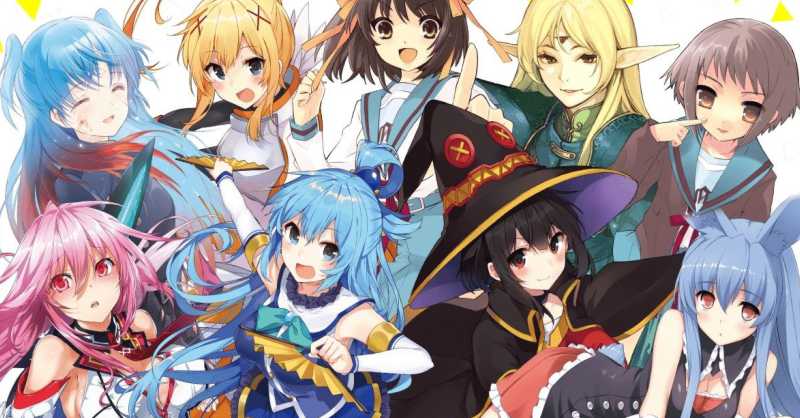
Takeshi Kikuchi (CEO of Anime Business Division), Daijo Kudo (Head of Anime Business Division) and Shuzo Kasahara (Planning Manager) spoke in an interview about the lack of staff for animation production, the partnership with Crunchyroll and other things. Check out the interview about Kadokawa and the anime industry below.
How Kadokawa is Changing the Industry
COVID-19 affected anime production
Last year, Kadokawa announced that it aims to produce 40 anime a year by 2023. Is the company still on track to achieve this, or have the goals changed since then?
Todos: We’re still on the schedule.
Has the COVID-19 pandemic affected your business strategy in the short or medium term? If yes, how?
Takeshi Kikuchi: The pandemic has definitely affected the production side. We had to postpone about 10 titles that we had scheduled for this year. Much of this was a result of shutdowns that affected work in China, as well as some studios having to stop work due to the virus. So delays affecting some of the more labor intensive titles like Overlord can definitely be attributed to the pandemic. We reached our goal of ”40 animes”, we only reached it a year later than we thought.

Related to this, we know that there were challenges in production due to COVID-19. We’ve also seen an increase in demand. There are more anime audiences than ever before in the last couple of years. How did that affect your work and Kadokawa’s plans?
Daijo Kudo: Obviously, streaming sites had the biggest impact. In Japan, about half of the audience switched from TV to streaming I think COVID-19 has a significant effect on this shift.
Of course, there are still many consumers in Japan who enjoy watching anime on TV. However, you also have many younger viewers who are used to consuming content on smartphones and devices. Also, as producers, we are always trying to improve the quality of our work. Right now, the balance between the three things: traditional viewers, what younger viewers want, and our own desires for our productions, is shifting.
The lack of people for the production of anime
It is said that one of the biggest long-term problems in the anime industry is that there are too many anime projects but not enough manpower to complete the works. To what extent does Kadokawa take this issue into consideration when planning projects, and do you have trouble getting the manpower for your 40 anime?
Takeshi Kikuchi: This is an acute and complicated issue. I think the entire anime industry realizes that we need to do more to offer better conditions and compensation. We have three studios: ENGI, Kinema Citrus and Studio Kadan, within Kadokawa. Within these studios, we are making efforts to improve conditions and create an environment where animation is a career that gives people a good life.
While many of these changes take time, our industry is losing employees to the video game industry, and we could face staff shortages if the changes are not made.

Kadokawa and the Anime Industry: The low salary of animators
One of the reasons often given for animators’ flight to video games is that the payout on the video game side is higher. There are a lot of people unhappy with the pay, especially for entry-level anime jobs. As for improving this part of your strategy to make anime a better place to work, what do you think of the current discussion around animator salaries?
Takeshi Kikuchi: I think this issue is linked to initiatives to make anime more popular around the world. Comparatively speaking, the industry is still small. We are also restricted in China. Thus, we see North America as the main expansion market for our titles. If we can optimize our anime revenue globally, like Pixar and Disney do, or reach an audience as large as IPs like Marvel and Star Wars, that opens up a lot of possibilities.
Also, we have a lot of viewers in Southeast Asia and India still viewing titles for free. If we can effectively expand this global market, we believe it would be easier to adequately compensate all our employees.
Shuzo Kasahara: We’d love to see Crunchyroll get the subscriber numbers that Netflix has. If the number of subscribers increases, like Netflix or Disney Plus, it will bring in much more revenue. If that happens, we can certainly increase the remuneration of the staff. In addition, we could increase funding for new projects. This is the kind of system we’d love to build, which is why we’re optimistic about the benefits of merging Crunchyroll and Funimation. We have strong ties to these companies and they know anime, so we hope they can overtake Netflix in the anime space in the future.
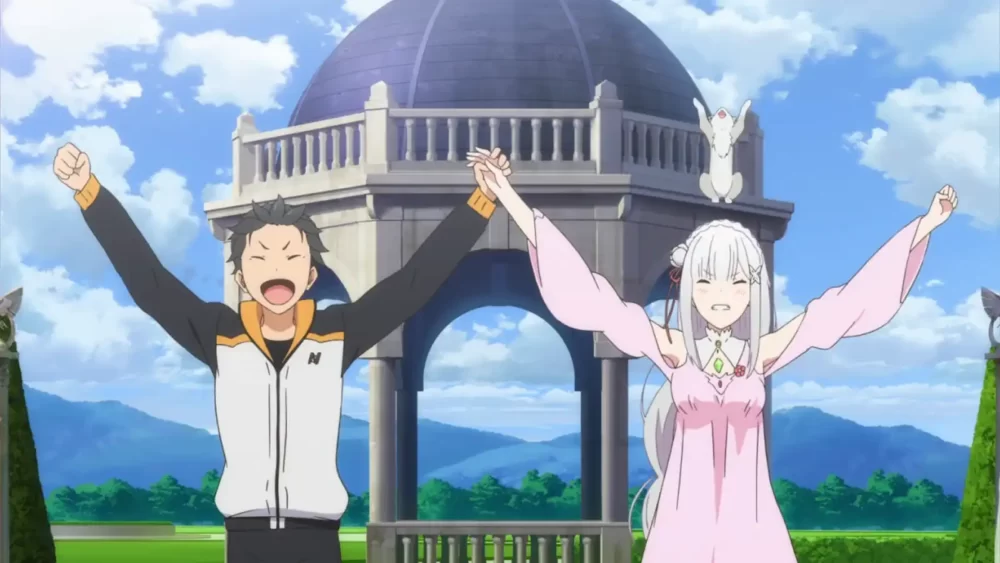
Kadokawa and the Anime Industry: High licensing fee for anime
We know that licensing fees for anime have gone up a lot, they’re pretty high. Previously, the competition between Crunchyroll and Funimation was contributing to this: now the two biggest companies in the industry are no longer competing. How do you feel about Crunchyroll being the main platform for anime, and what kind of influence does that have on the business?
Kudo: There are two parts to us. On the positive side, Crunchyroll and Funimation’s core business is anime, and we believe they treat anime very carefully. Netflix also promotes other animations from places like China and France in the same space. Crunchyroll is a service we have strong ties to and is a platform built for anime fans with lots of titles to watch. Therefore, we hope that the merger can lead to a larger user base and also more revenue.
As for the downsides, now that the competition between Crunchyroll and Funimation is gone, the initial investment could drop. As you mentioned, the title acquisition battle between the two companies doesn’t exist right now, so the pressure to create a strong title that really drives the audience will be much greater.
As someone responsible for making sure the business makes a certain profit, it’s something that worries me. However, when I think about it as a producer, it’s obvious that we would feel that pressure. Also, you always want to produce the best content possible for your audience.
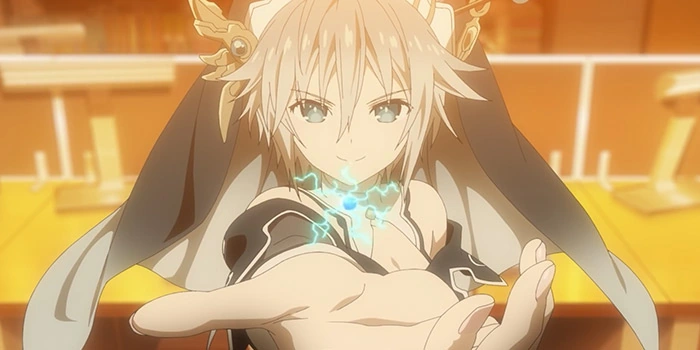
Audience feedback is important
Regarding Kadokawa’s anime titles, how much are you taking into account viewer feedback on content and animation quality?
Kikuchi: Obviously you can’t change the content of an anime after it’s already on the air: it’s already out there. Once a title is finalized, that’s when we look at domestic streaming numbers, Twitter feedback, how many followers the shows’ official social media accounts get, and so on. Kiyohara keeps an eye on international streaming numbers, on sites like Crunchyroll, bilibili, Funimation, and so on. From there, we collect all the data and analyze the performance of each security.
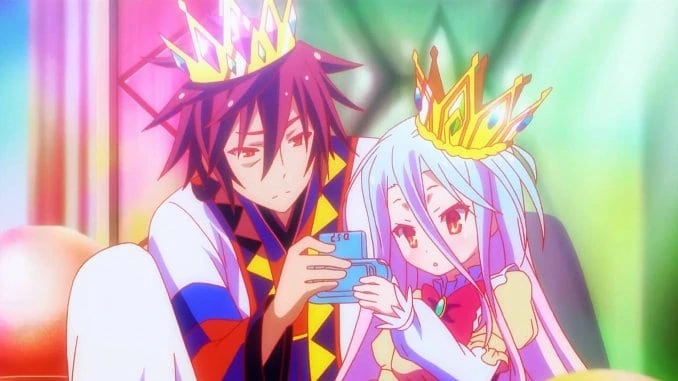
How to please both types of fans?
There are moments in anime where you have an enthusiastic core base for an anime separate from the wider general audience. Core fans can be quite vocal, whether with their approval or disapproval. How much does this core audience influence decision making compared to this larger overall market?
Kasahara: As you know, with anime you have most titles that are based on an existing manga, so most of the time, a title that we turn into anime already has a strong fan base that we are trying to grow by making that anime. While we always want to keep fans of the original happy, we’ve also considered how the casual fan might react to the anime version of this story once we’re in production.
That said, every anime is different, and there’s a different standard for every title. Any anime based on an original work or manga always starts with the original creator’s interest and passion, so we always want to consider their perspective to see how they would envision having their work adapted into an anime.
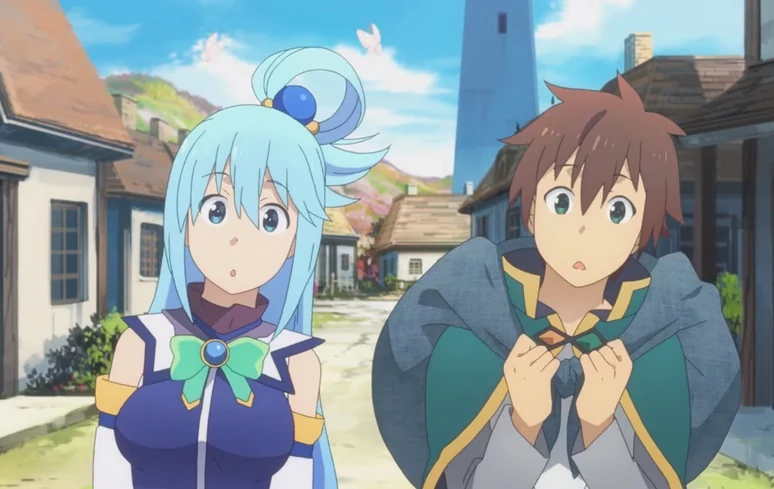
Kadokawa and the Anime Industry: Anime adaptations in early stages
There are some light novel and manga titles that receive an anime adaptation at a remarkably early stage. At what stage of serialization are you able to determine the potential of an IP franchise, and were there any downsides to proceeding with an anime sooner?
Kudo: If we see a title that gets off to a solid start and becomes more and more engaging, that’s the kind of title we might consider adapting sooner. One advantage we have is that we are both an IP holder and an IP manufacturer, but fundamentally, we don’t try to make a decision about a title adaptation too soon.
The earliest we consider an adaptation is when the original work already has a single volume out and a second volume is about to be published. Especially if we’re working with an IP from another company, it’s the fastest we would consider releasing an anime.
Ideally, we’d like the process to be quick, but if you want to make it a success, take the time to meet with the original author and plan things out carefully. You also want time to assemble the best team for the job. If you make time for all of that, there’s a much better chance that the anime will become a hit.
Kikuchi: One of the unique advantages we have as Kadokawa is that we are also a publisher: other companies don’t have that. We maintain close relationships between anime producers and publishers on the editorial side. This gives us a kind of antenna to capture possible hits. If we hear something like “this light novel is going to be very interesting” or “this author is going to be famous in three years” from someone on our team, that’s the kind of thing that would allow us to create an anime sooner than you would normally see.
Also, if we’re the original publisher, it’s also our job to help drive sales of the original books, so sometimes that can be taken into account as well.
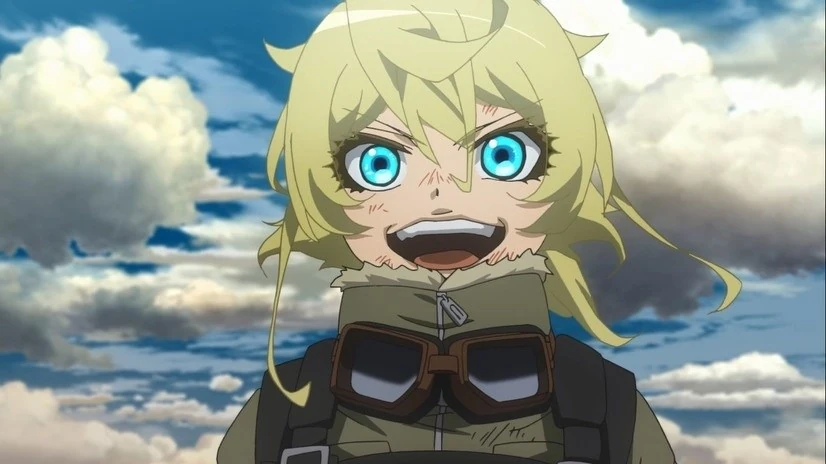
Limited access to manga and light novels outside of Japan
Related to this, much of Kadokawa’s business strategy seems to focus on developing a ”media mix” (anime, games, novels, manga, music, etc.). However, there are still some difficulties in making the various works within the media mix available in countries outside of Japan. What is your strategy for dealing with this? Does the limited availability of some work affect the way you approach marketing in foreign markets?
Kikuchi: Typically, this is an issue that affects the original work more than the anime. Publishing for manga and light novels still varies widely around the world: you will have a title available in North America, but not in Europe, Australia, and so on. Meanwhile, we’re at a point where Jump Plus can be read by anyone anywhere in the world.
Aiming to be able to make both the anime and the original work available at the same time in Japan, one of Kadokawa’s strengths is our ability to market the original work and the anime together. I believe that creating a market, where people who watch anime also have access to original works translated into their own languages, will lead to greater popularity of anime around the world. We hope to do so soon.
Kasahara: We are definitely optimistic about our work with Yen Press
Partnership with Crunchyroll
Regarding overseas streaming, Kadokawa has maintained a close working relationship with Crunchyroll. From your point of view, what is the benefit of working with Crunchyroll (as opposed to other streaming platforms)?
Kikuchi: I would say access to data is a big factor.
Kasahara: They share their marketing data with us. Before we develop an anime, there is an entire team at Crunchyroll that analyzes marketing trends and tracks what kind of series is likely to find an audience. Previously, this was done by different teams from Crunchyroll and Funimation respectively, but now that these teams have been combined, we are optimistic about the future.
We’re about to have another meeting with them, but we’re counting on them for suggestions on which titles to market abroad, as well as which titles would be good candidates for dubbing.
This approach has yielded many successful titles like The Rising of the Shield Hero and So I’m a Spider, So What?, so we consider it a very important partnership. Kiyohara and Kishida are also part of this process, as they are responsible for the main visuals for North America. We can also compare Japan’s domestic market with the overseas market much more easily. While there are series that become a big hit in both, there are more and more animes that get a higher percentage of audience in North America. Being able to track this has been one of the biggest benefits of our work with Crunchyroll and it has yielded good results.

You mentioned that Crunchyroll shares a lot of data, while in the past Netflix shared virtually no data. Is it still like that?
Kasahara: It’s not like they don’t share any data, but even now, it’s a little limited. We can look at world rankings and see what’s doing well in each region, but that doesn’t tell us anything about how viewers feel about each title or which episodes had the most response.
New anime studios and new animators
Kadokawa’s investments in an anime also include developing new animation production studios such as ENGI. Is it currently a priority for Kadokawa to expand its in-house production capabilities? If yes, why?
Kikuchi: We are looking to expand production at our studios as well as considering launching other studios. One point of focus is expanding capabilities to produce more episodes, another is being able to do a second season of an anime as quickly as possible if it’s a success. If we are producing an anime with a studio that is not part of Kadokawa, it can be difficult to schedule a ”part 2” or ”part 3” of a popular series as that studio also has its own schedule to maintain. When that happens, you keep fans waiting, sometimes beyond the point where the original work ended.

As a major investor in anime production committees, you are also working with many third-party animation studios. How does Kadokawa plan to solve the problems of underpaid employment contracts in the animation industry?
Kikuchi: As we mentioned earlier, being able to centralize income globally would help here. Japan’s animation industry still has a comparatively small reach, and while anime has become more popular in North America, being able to monetize audiences worldwide in places like South America and Southeast Asia is essential if we want to support more employees and improve their lives. Developing a system for this is one of our main goals.
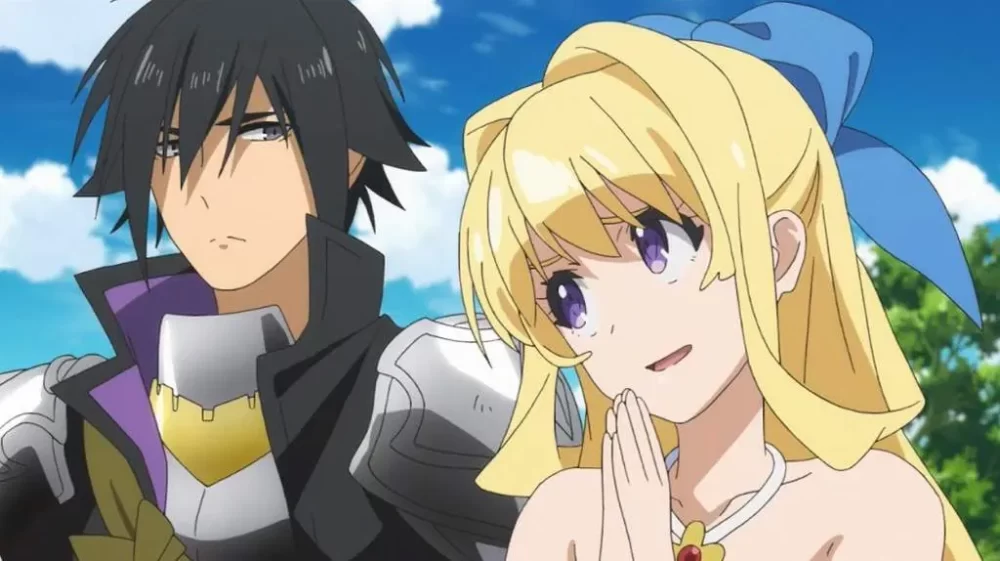
So is the answer for contract studios and in-house studios the same?
Kikuchi: I think the entire anime industry can benefit from a global market this way.
Kudo: With our own studios, in the digital age, we were able to make the entire production process more efficient. Also, in the case of studios like Studio ENGI in Kurashiki, we take advantage of government subsidies to expand the studios in places where the cost of living is not that prohibitive for staff, especially at the entry level. As you know, living in Tokyo can be expensive! It also allows our studios to help contribute to quality training programs across Japan, and we feel this has created a variety of opportunities.
In which other regions are you developing this type of system?
Kudo: So far, the biggest are in Kurashiki and Sapporo. In many of these areas, there are already Art Schools and Universities training people to become animators with whom we have partnered to recruit new talent. In turn, this also allows us to help resolve an issue in these regions. In the past, it was more difficult for recent graduates to find jobs close to where they studied, they had to move to Tokyo and look for a job. That way they can find jobs at local studios.
Kikuchi: Many other anime production companies are expanding in places like Osaka and Fukuoka. A good result of the pandemic has been the strengthening of staff working locally, rather than moving to Tokyo and settling for a small apartment at a low salary. If employees can work where they grew up and that becomes a viable option, they will benefit. This is a trend that we hope to see continue.
Check out Kadokawa sent energy drinks to Shaft to help with anime production.
Via: ANN



